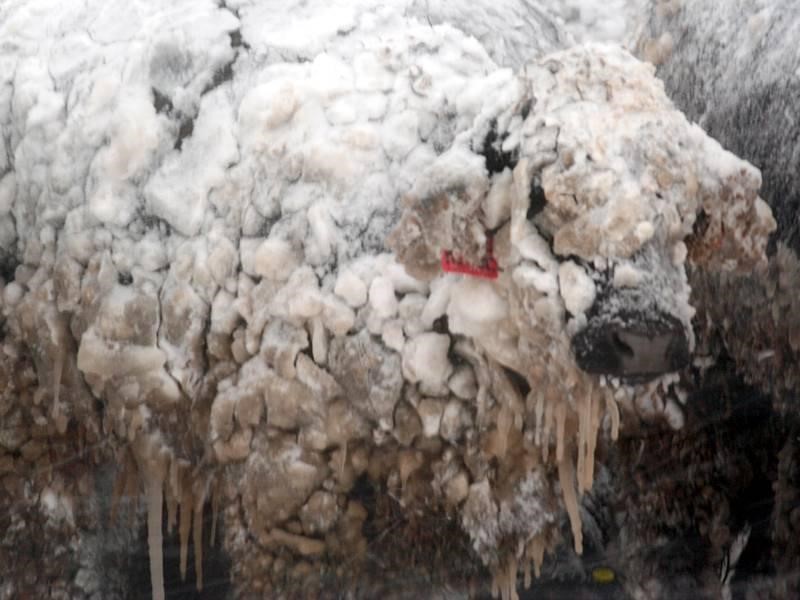 On April 15th, Agriculture Secretary Tom Vilsack announced eligible farmers and ranchers may sign up for U.S. Department of Agriculture (USDA) disaster assistance programs restored by passage of the 2014 Farm Bill.
On April 15th, Agriculture Secretary Tom Vilsack announced eligible farmers and ranchers may sign up for U.S. Department of Agriculture (USDA) disaster assistance programs restored by passage of the 2014 Farm Bill.
“We implemented these programs in record time and kept our commitment to begin sign-up today,” said Agriculture Secretary Vilsack. “To ensure enrollment goes as smoothly as possible, dedicated staff in over 2,000 Farm Service Agency offices across the country are doing everything necessary to help producers that have suffered through two and a half difficult years with no assistance because these programs were awaiting Congressional action.”
Eligible producers may enroll in one of four programs administered by the Farm Service Agency based on the size and type of their farm or ranch operation.
- Livestock Forage Disaster Program (LFP)
The Livestock Forage Disaster Program (LFP) will provide payments to eligible producers for grazing losses which have occurred since the expiration of the livestock disaster assistance programs in 2011, and including calendar years 2012, 2013, and 2014.
- Livestock Indemnity Program (LIP)
The Livestock Indemnity Program (LIP) will provide payments to eligible producers for livestock deaths which occurred since the expiration of the livestock disaster assistance programs in 2011, and including calendar years 2012, 2013, and 2014.
- Emergency Assistance for Livestock Program (ELAP)
The Emergency Assistance for Livestock, Honeybees, and Farm-Raised Fish Program (ELAP) provides emergency assistance to eligible producers of livestock, honeybees and farm-raised fish which have suffered losses because of disease, severe weather, blizzards and wildfires.
- Tree Assistance Program (TAP)
Enrollment has begun for the Tree Assistance Program (TAP), which provides financial assistance to qualifying orchardists and nursery tree growers to replant or rehabilitate trees, bushes and vines damaged by natural disasters.
[important]Editors Note: Panhandle farmers and ranchers should contact their local FSA Office about designated losses in disaster decelerations from 2011 to 2014. This varied from county to county.[/important]
Producers signing up for these programs are encouraged to contact local FSA office for information on the types of records required, and to schedule an appointment. Taking these steps in advance will help producers ensure their application moves through the process as quickly as possible.
Supporting documents may include livestock birth records, purchase and transportation receipts, photos and ownership records showing the number and type of livestock lost, documents listing the gallons of water transported to livestock during drought, and more. Crop records may include purchase receipts for eligible trees, bushes, or vines, seed and fertilizer purchases, planting and production records, and documentation of labor and equipment used to plant or remove eligible trees, bushes, or vines.
Producers have three to nine months to apply depending on the program and year of the loss. Details are available from any local FSA office. For more information, producers may review the 2014 Farm Bill Fact Sheet, and the LIP, LFP, ELAP and TAP fact sheets below, or visit any local FSA Office or USDA Service Center.
Livestock Forage Disaster Program
Livestock Indemnity Program
Emergency Assistance for Livestock, Honeybees and Farm-Raised Fish Program
Tree Assistance Program Fact Sheet
2014 Farm Bill Fact Sheet
- Northwest Florida Beef Cattle Conference & Trade Show – February 11 - December 19, 2025
- Friday Feature:The Sears Catalog –How Rural America Shopped before the Internet - December 19, 2025
- November 2025 Weather Summary & Winter Outlook - December 5, 2025
